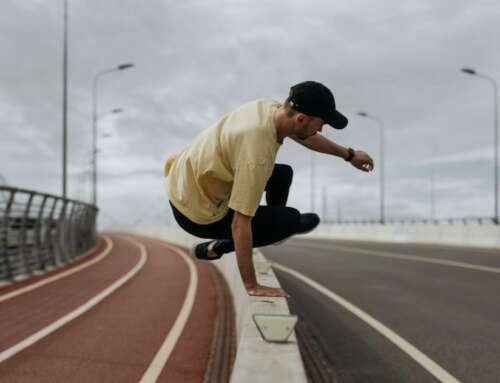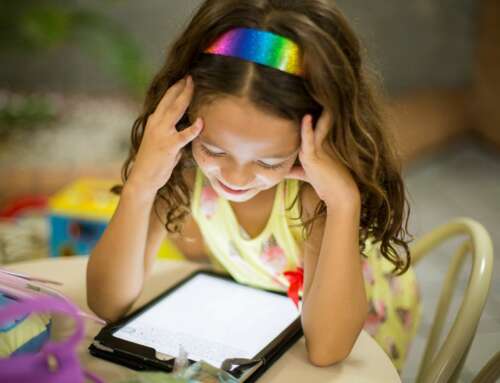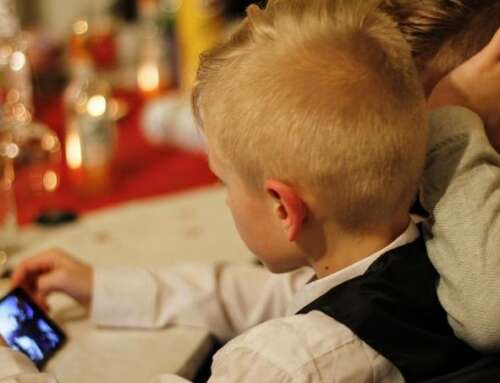When a new study surfaced a few weeks ago revealing that, of all the major social media networks, Instagram was the most detrimental to young people’s mental health, it made alarmist news headlines around the world.
But for Sydney-based online safety expert Leonie Smith, it was business as usual.
“I’ve seen more porn, more drug paraphernalia, more violence, more sick behaviour on Instagram than any other app,” Ms Smith said of the platform, which the Royal Society for Public Health report found was more likely to leave users feeling anxious, depressed and lonely than Facebook, Snapchat, Twitter or YouTube.
They are the sort of red flags that make any parent’s face fall. Or they would, if we had any idea they existed.
“If I had a dollar for every parent who said, ‘I had no idea Instagram had porn…’ said Ms Smith.
But Instagram is not the only social media platform that Australian parents are letting their children explore without being aware of the pitfalls.
In the last few months alone, Facebook, Skype and Snapchat have all been implicated in Australian cases of child sex offences and exploitation.
And these come on the back of countless other cases showing how social media is also connected with a rise in the vilification of women, bullying, and a growing number of children presenting at psychologist’s offices with social media-related anxiety.
The problem? Parents are too overwhelmed by how much social media their children use — on platforms they do not understand — to help them safely navigate them.
“That’s like a full-time job,” said one dad I know, about the prospect of having to regularly monitor his 10-year-old son’s social media activity.
Echoing the feelings of many other parents I interviewed, he added: “I mean, it sounds great, but…” He shook his head.
The good news, however, is that there are numerous tips and tools that parents can access easily to help keep their children and teens safe, and themselves sane.
Protective software? You already have it. And you are it.
“Lots of parents tell me, ‘I let my children on Snapchat, the filters are lots of fun,” said Ms Smith about the app, which enables users to send each other photos and videos that disappear after a few seconds. Some of these children are as young as seven.
“None of [the parents] have any idea that Snapchat stories (a function that allows photos and videos to be seen for 24 hours) has adult media on it, like an explicit Cosmopolitan magazine article [I saw] about sex.”
Or, presumably, that a 14-year-old boy committed suicide recently after being relentlessly bullied on the app.
And what if it is parents themselves who inadvertently expose their children to toxic content?
That may have been the case for one Sydney mother, Gillian*, whose friend texted her photos of a man’s genitals as a joke.
It was only some time after she received the text on her iPhone that Gillian realised that her texts popped up on all the other Apple devices in her house, including her desktop computer, iPad, and all of the family’s mobile phones.
“I ran to delete them on every device,” she said.
Did her three children, who range in age from six to eleven, see them? “I hope not,” she said.
Practical tips:
- Do not let children on any social media platform until they are 13 (The age set by the companies themselves)
- Tell teens on social media to, whenever possible, set their accounts to “private”, turn off location services, and block users they do not know, who bully them, or who screenshot their posts
- Use your computer’s inbuilt parental controls, like the setting that restricts explicit media. Set up restrictions for each browser you have on every computer device you own, including smartphones
- To block kids from opening a web link to porn that they might be sent by someone online, consider installing additional filtering programs, like Net Nanny or K9 Web Protection
- Set up different login accounts for adults and children on desktop computers. Child accounts can be restricted to one browser, and a limited number of apps
– Samantha Selinger-Morris
Read More: ‘I had no idea Instagram had porn’: Keeping kids safe on social media







Leave A Comment